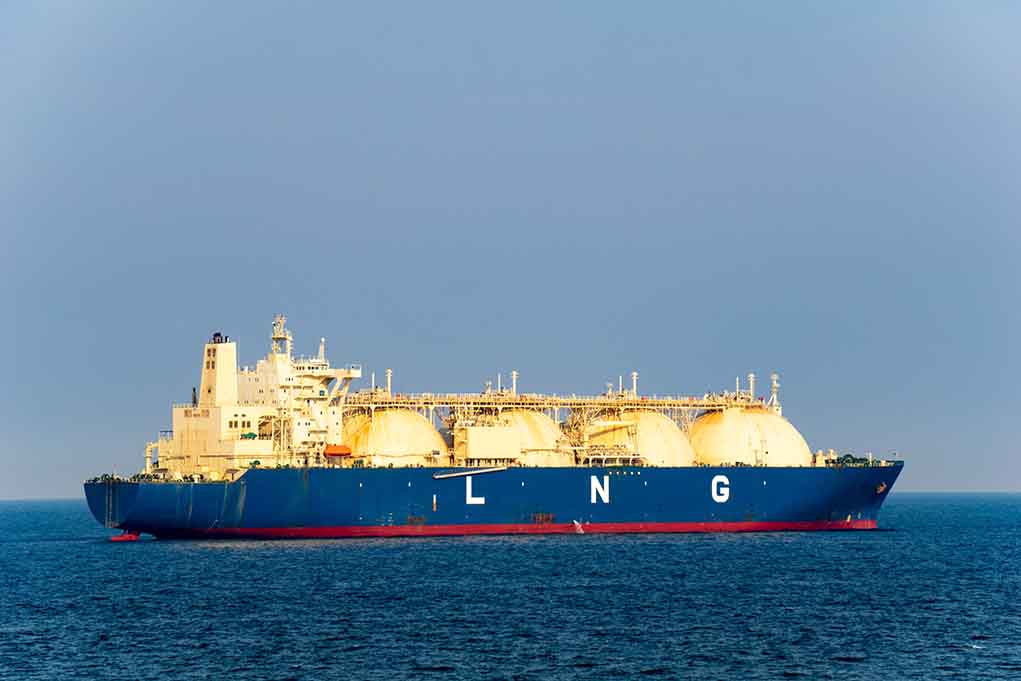
A massive 135-meter container ship crashed into the shoreline just meters from a Norwegian cabin while its helmsman was reportedly asleep at the wheel, highlighting a disturbing lapse in maritime safety protocols.
Key Takeaways
- The NCL Salten container ship ran aground in Norway’s Trondheim fjord after the helmsman allegedly fell asleep and failed to change course
- Cabin owner Johan Helberg was awakened by a neighbor’s alert as the massive vessel approached his property at full speed
- None of the 16 crew members were injured, but Norwegian police have launched an investigation with one suspect identified
- Multiple attempts to refloat the grounded vessel have been unsuccessful
- The NCL shipping group is cooperating with authorities and conducting its own internal investigation
Negligent Navigation Leads to Maritime Crisis
A significant maritime incident unfolded in Norway’s picturesque Trondheim fjord when the container ship NCL Salten ran aground dangerously close to a residential cabin. The 135-meter vessel veered dramatically off course while entering the fjord, with preliminary investigations pointing to a shocking explanation: the helmsman, who was alone on the bridge, had fallen asleep at the controls. This blatant dereliction of duty resulted in the ship maintaining its speed and trajectory directly toward shore rather than executing the necessary course correction to remain in safe waters.
The incident highlights the critical importance of maintaining proper watchkeeping standards aboard commercial vessels. Maritime regulations typically require adequate staffing on the bridge during navigation, especially when entering confined waters like fjords. The fact that only one crew member was responsible for navigation at such a critical time raises serious questions about the vessel’s operational procedures and safety protocols. This negligence put not only the crew and vessel at risk but also endangered shoreside residents and property.
Rude Awakening for Cabin Owner
The drama unfolded at dawn when cabin owner Johan Helberg received an urgent alert from his neighbor, Jostein Jorgensen, who had heard the ominous sound of the NCL Salten approaching at full speed. The massive container ship came to rest just meters from Helberg’s property, creating a surreal scene that would normally be found only in maritime disaster films. The proximity of the grounding to a residential structure underscores how much worse this incident could have been had the ship struck the cabin directly.
Despite the alarming nature of the grounding, reports indicate that none of the 16 crew members aboard the vessel sustained injuries during the incident. This fortunate outcome doesn’t diminish the seriousness of the situation, which has rightfully attracted the attention of Norwegian authorities. The potential for environmental damage, structural failure of the vessel, or harm to people ashore makes this incident particularly concerning to maritime safety experts and coastal residents alike.
Investigation and Recovery Efforts
“Norwegian police” have moved swiftly to launch a formal investigation into the circumstances surrounding the grounding. Authorities have already identified one suspect, presumably the helmsman who was allegedly asleep when the incident occurred. This investigation will likely examine factors such as crew fatigue, staffing levels, and compliance with international maritime regulations regarding watchkeeping standards. The findings could have significant implications for maritime safety protocols throughout the shipping industry.
Meanwhile, the NCL shipping group has publicly stated their cooperation with the official investigation while simultaneously conducting their own internal inquiry. This dual approach to examining the incident reflects the seriousness with which the company is treating the grounding. However, the material consequences remain unresolved, as multiple attempts to refloat the vessel have proven unsuccessful. The ship remains firmly grounded near Helberg’s cabin, creating an ongoing challenge for salvage teams and a constant reminder of how a momentary lapse in attention can lead to significant maritime incidents.

















